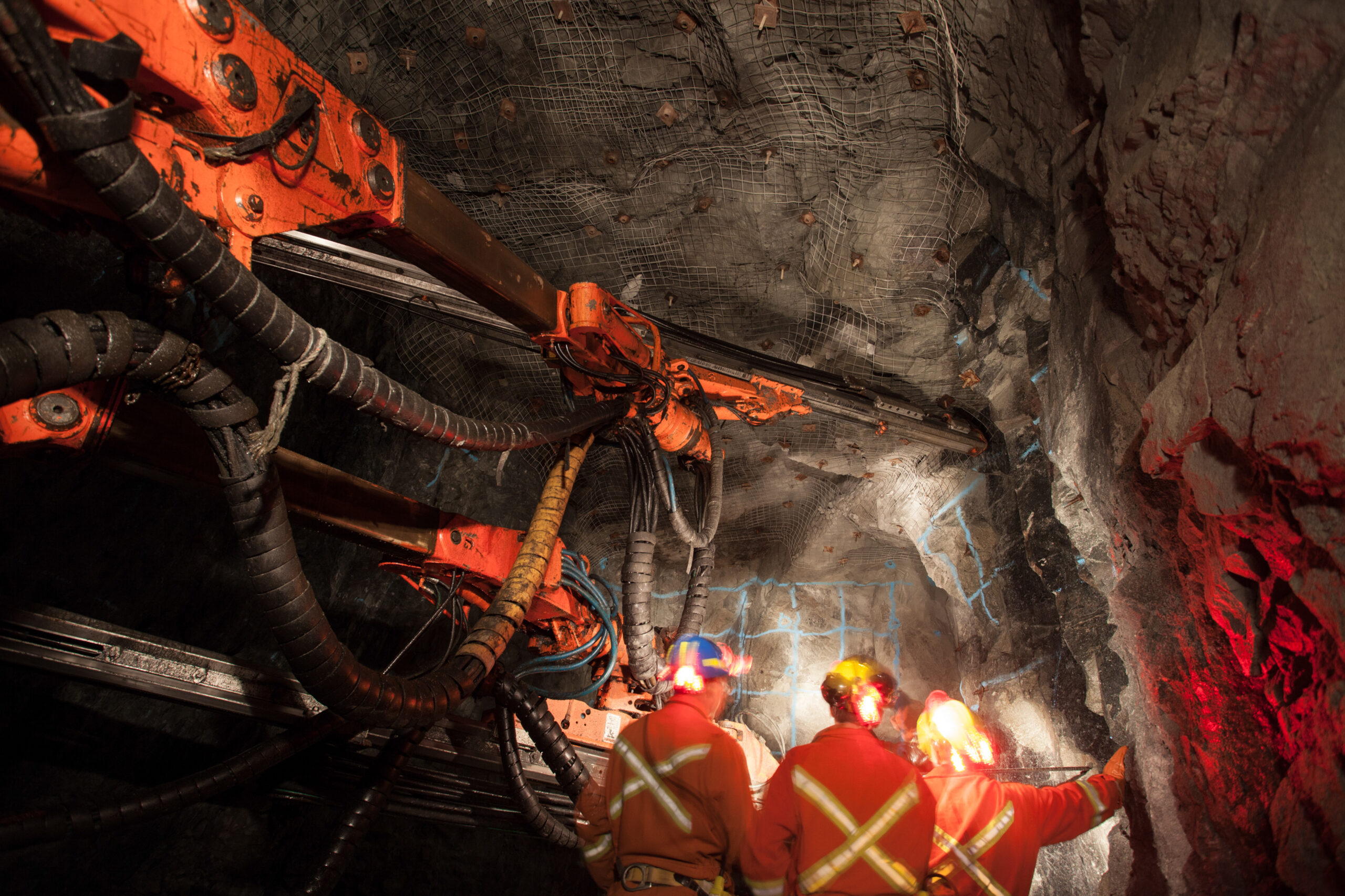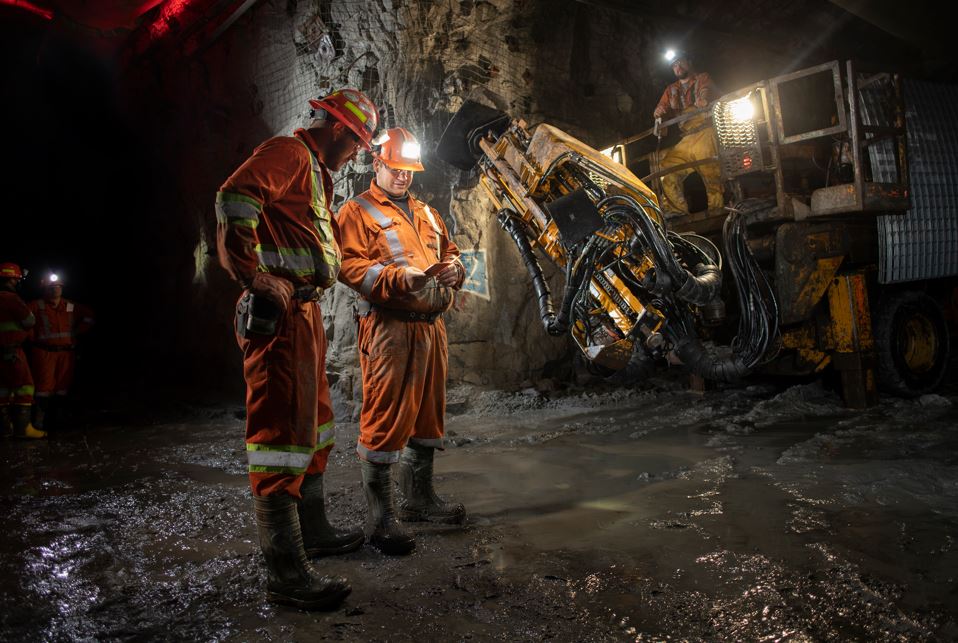The Tibbitt to Contwoyto Winter Road is one of the world’s longest heavy-haul ice roads, measuring approximately 400-kilometers (248 miles) in length. Beginning at Tibbitt Lake, in Canada’s Northwest Territories, where the last stretch of highway known as Ingraham Trail ends, the road bridges the gap across a vast subarctic where there is no other ground access.
First built in 1982 to service the Lupin Gold Mine (no longer in operation) at Contwoyto Lake in the Kitikmeot Region of Canada’s largest territory Nunavut, the winter road is now an essential lifeline for the diamond mining industry, used to transport supplies, fuel, construction materials, and equipment necessary for operations.
A joint venture partnership between Burgundy Diamond Mines, owner of Ekati Diamond Mine; De Beers Canada Inc., joint venture operator of Gahcho Kué Diamond Mine; and Rio Tinto, owner of Diavik Diamond Mine, currently looks after the road and is responsible for its construction, operation and maintenance.
A massive collaborative and well-executed effort is required every year to ensure that more than 6,000 loads of freight (250,000 tonnes) are hauled safely and efficiently to reach the three mine sites.
Construction and safety
Approximately 85% of the road is constructed over frozen lakes, with the remaining 15% built over land portages between the lakes. Given seasonal temperature variations, the road must be rebuilt every year. Construction usually starts in mid-December, once the ice is thick enough to sustain heavy equipment on it. The road typically opens for use in early February and closes at the end of March with the advent of spring temperatures.
Construction activities involve removing the snow and profiling the ice by measuring its thickness with a high-tech radar towed behind a vehicle. Ice is allowed to form naturally or, in areas where the ice profile indicates that build is slower than ideal, the section will be flooded to achieve the required thickness. Full load capacity on the road is reached when the ice is one metre thick.
Safety is of the utmost importance for maintenance crews and road users. Winter road builders monitor and maintain the road regularly to ensure that it meets all requirements for the respective freight loads. A security team patrols the Ingram Trail and the winter road 24 hours a day while in operation, to ensure all users comply with winter road rules and driving speed limits.
Before driving on the road, all drivers and personnel must complete and pass the Joint Venture Road orientation course. A designated Health, Safety & Environment Team works closely with the patrol team, winter road contractors, and carrier companies and their drivers, to aid in identifying hazards and to develop ways to mitigate any risks that may occur.
Effective supply chain management
With complex supply chains stretching around the globe, winter road planning begins eight months prior to its opening. Planning for the shipment of supplies to Ekati Diamond Mine using the road, requires expertise in project planning and materials management to ensure that everything arrives within the brief ice road season.
To understand exactly which supplies are needed and in what quantities, typically involves a collaborative process between Burgundy’s operations at Ekati, the company’s supply chain team in Calgary, suppliers across North America, and international locations such as Netherlands, India and South Africa.
Freight and transport companies based in the Northwest Territories play an important role in winter road logistics and the movement of small and large loads, due to their unique expertise in operating in a challenging Arctic environment. Their knowledge and experience are evident when it comes to scheduling and operating multiple trips that must be completed safely, in a challenging environment and within a tight schedule.
For more information and updates on the status of the winter road visit jvtcwinterroad.ca.








